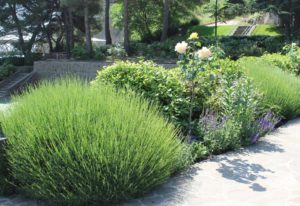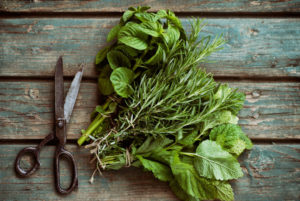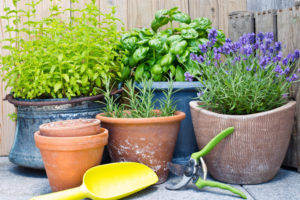
Summer has come to the middle, it’s time to harvest the herbs that grow in our gardens. And if you haven’t grown up yet, perhaps, having got acquainted with them better, you will take them a place in your beds. After all, most spicy-flavoring and spicy-aromatic plants are used not only in cooking, but also in folk medicine, having many useful properties.
Let’s take a closer look at the healing properties of other cultures.
Pimpinella anisum
This plant is not too often seen in suburban areas, although in the old days Pimpinella anisum was quite popular. About anisette, ammonia-anise drops anise oil and many have heard, and what for us may be useful for the culture?
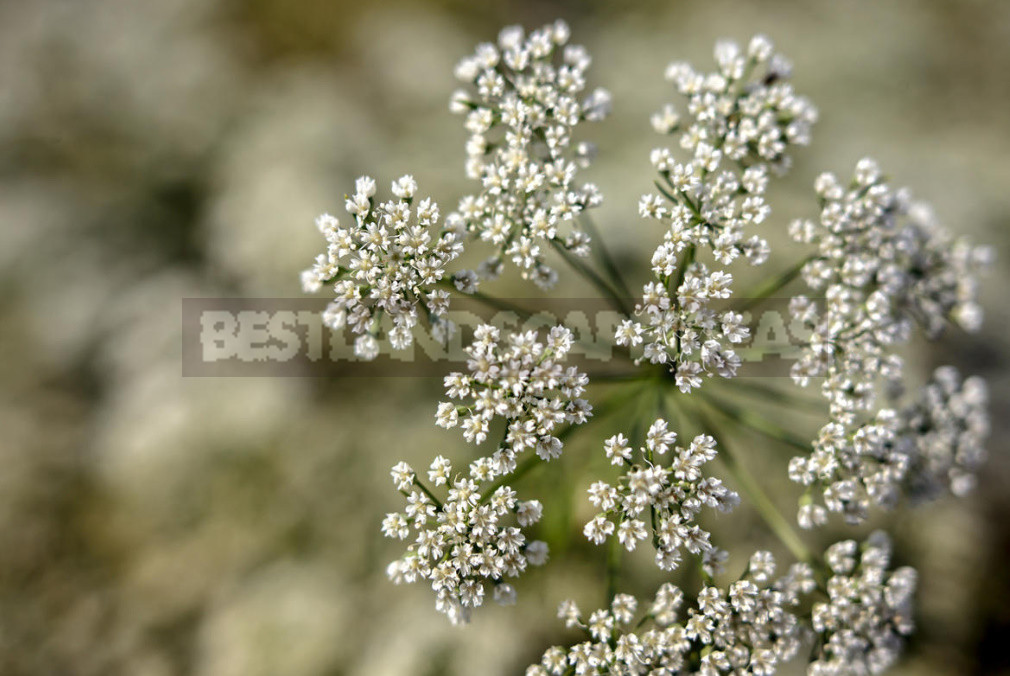
In folk medicine, anise seeds are mainly used, which have expectorant, anti-inflammatory, antispasmodic, carminative, calming effect. They also help to increase appetite, improve lactation in nursing mothers, eliminate bad breath.
Anise preparations are used for cough, laryngitis, tracheitis, bronchitis, whooping cough, gastric and intestinal colic, intestinal atony, constipation, flatulence, painful menstruation and to stimulate labor; anise tea is used as a antipyretic, and in disorders of the nervous system anise preparations are used as a mild sedative.
Anise is contraindicated during pregnancy, as well as gastritis with high acidity of gastric juice, exacerbation of gastric ulcer and duodenal ulcer, ulcerative colitis.
Medicinal raw materials are harvested after seed ripening — in July-August. Plants are cut, tied into bundles and dried in the shade under a canopy, and then threshed, separating the seeds. Store in a dark dry place. Shelf life — up to 3 years.
Origanum vulgare
Origanum vulgare many people love and use for culinary purposes — as a seasoning for meat dishes, mushrooms, potatoes or flavored tea additive. What are the medicinal properties of Origanum vulgare?

This plant is known in folk medicine as a sedative, analgesic, antispasmodic, hypnotic, diaphoretic, diuretic, choleretic, expectorant. Origanum vulgare is used to improve appetite and normalize digestion, to enhance lactation in nursing mothers; decoctions and infusions of grass wash the head to strengthen the hair, they are added to the bath for diathesis, rashes, eczema and other skin diseases.
Origanum vulgare drugs are used in diseases of the gastrointestinal tract, liver, kidneys and bladder, cold, cough, sore throat, bronchitis, asthma, pneumonia, nervous disorders, insomnia, atherosclerosis, hypertension. Grass Origanum vulgare is part of the healing fees for the treatment of menopausal disorders and cancer.
The use of Origanum vulgare is contraindicated in pregnancy, severe heart and vascular diseases, gastric ulcer and duodenal ulcer.
As a medicinal raw material, the herb Origanum vulgare is harvested during flowering. Dried in well-ventilated areas or outdoors under a canopy. The dried raw material is threshed, removing coarse stems. Shelf life — 3 years.
Dracocephalum moldavica
Dracocephalum moldavica is also known as “Turkish Melissa”. This plant has a pleasant aroma with mint-lemon notes; it is used in cooking and in folk medicine.
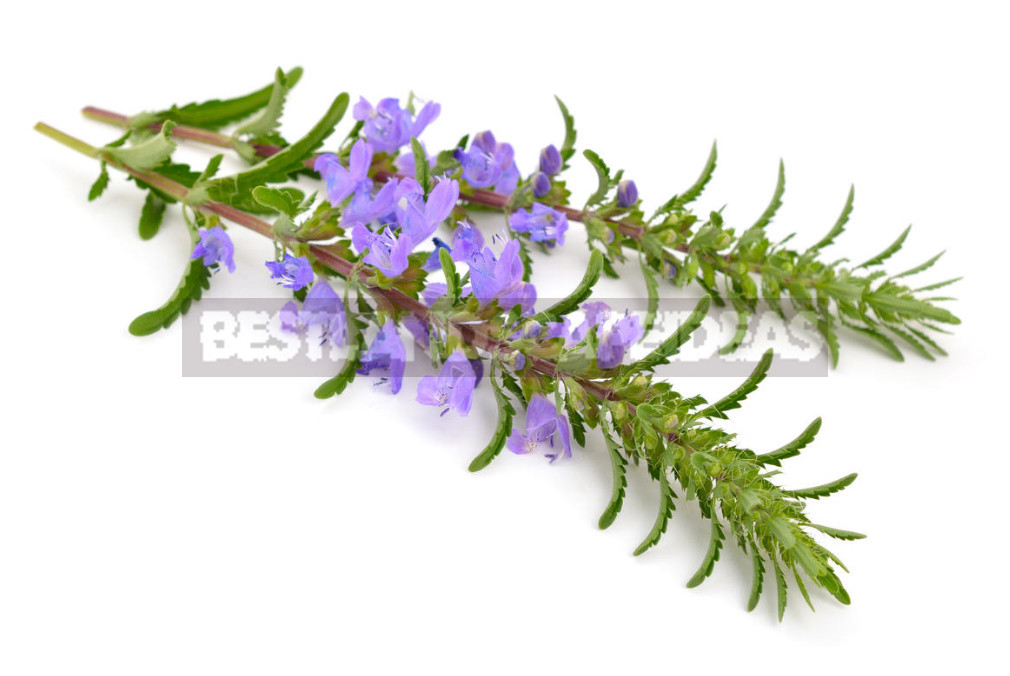
Grass Dracocephalum moldavica has anti-inflammatory, antiseptic, wound healing, antispasmodic, analgesic, hemostatic, soothing, diuretic, choleretic, mild laxative, restorative effect.
Preparations of this plant are used in the treatment of diseases of the gastrointestinal tract, liver, cold, insomnia, headache, toothache, gynecological diseases. Dracocephalum moldavica is used to increase appetite and strengthen immunity; it helps to cope with stressful situations and normalize the nervous system. Externally, poultices and compresses with decoctions and infusions of the plant are used to relieve pain in rheumatism, radiculitis, arthritis, arthrosis, osteochondrosis.
Medicinal raw material is grass Dracocephalum moldavica harvested during flowering. Dry it outdoors in the shade (under a canopy) or in a well-ventilated area. Shelf life — 2 years.
Hyssopus officinalis
Hyssopus officinalis is also an infrequent guest of our gardens. But if you get acquainted with this plant closer, such inattention will certainly seem unfair: Hyssopus officinalis is used as a seasoning (usually in small quantities and in combination with other spicy crops); serves as a good honey plant; has a number of useful properties for health.
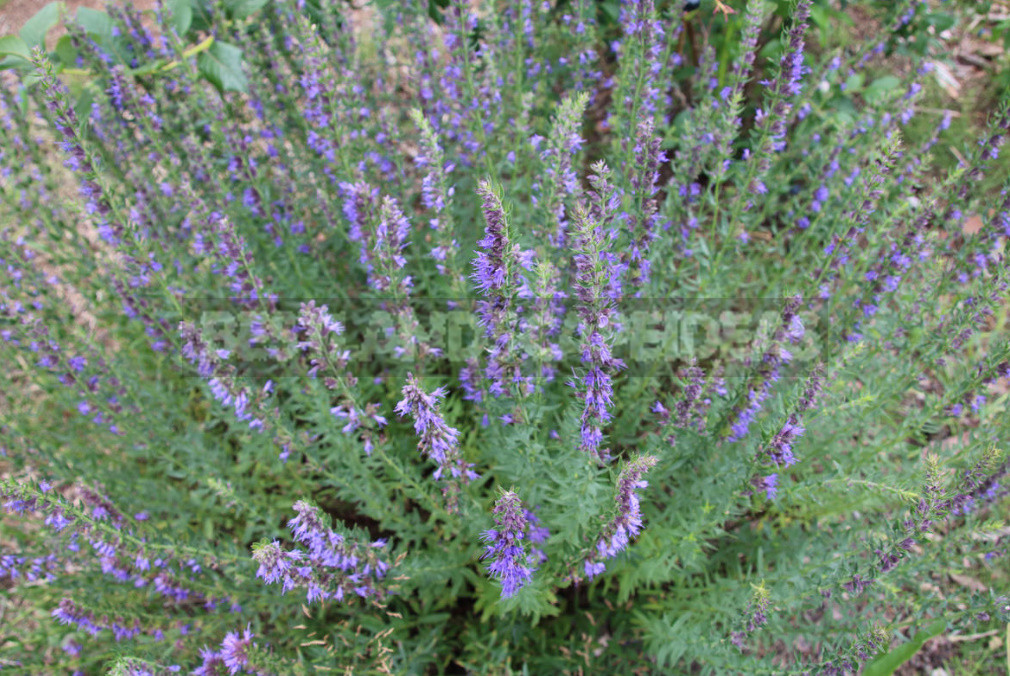
It has expectorant, antispasmodic, soothing, wound healing, analgesic, antiseptic, antiviral, anti-inflammatory, antihistamine, diuretic, choleretic. anthelmintic, antitumor, tonic effect; promotes the regulation of fat metabolism, normalization of digestion; tones, increases efficiency.
Traditional medicine uses drugs Hyssopus officinalis in the treatment of colds, flu, bronchitis, asthma, laryngitis, gastritis, colitis, flatulence, heart and vascular diseases, nervous disorders, depression. As a restorative and tonic preparations of hyssop recommend weakened after a serious illness or surgery to people and cancer patients; this plant is useful in the elderly.
Contraindications for the internal use of drugs Hyssopus officinalis are pregnancy and lactation, acute kidney and bladder diseases, hypertension, increased nervous excitability, epilepsy. It is not recommended to give this plant to children. It is necessary to strictly follow the recommended dose: overdose can cause heart palpitations and a sharp decrease in blood pressure.
As a medicinal raw material, the herb Hyssopus officinalis (upper parts of the stems) is harvested during flowering. Dry in a well-ventilated area or in the shade under a canopy. Shelf life — 1 year.
Monarda fistulosa
Monarda fistulosa in our gardens are often grown as a decorative plant. Leaves with a pleasant lemon aroma are used to flavor tea, but for medicinal purposes are used much less often. Meanwhile, the plant can be quite useful.
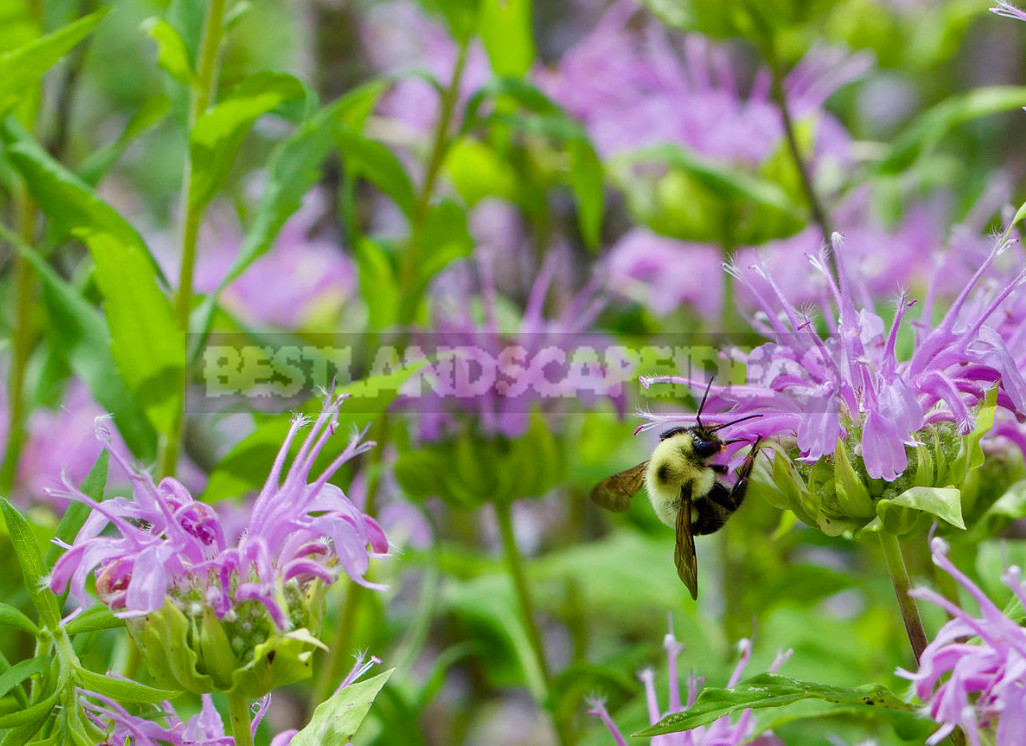
Monarda fistulosa has antiviral, bactericidal, wound healing, antifungal, anthelmintic, diuretic, vasodilator, antioxidant, antitumor and restorative effect; it helps to strengthen the walls of blood vessels, reduce blood pressure, normalize digestion. Monarda fistulosa drugs are effective against many types of pathogens; help protect the body from the development of malignant tumors and prevent premature aging.
Outwardly infusions, decoctions, monarda fistulosa oil is used for diseases of the joints and skin, seborrhea, acne, fungal, viral and radiation skin lesions.
Important! Possible individual intolerance to drugs Monarda fistulosa; pregnancy before using this plant is recommended to consult a doctor.
Leaves are used as medicinal raw materials, rarely — inflorescences. Dried in the shade outdoors. Shelf life — 1 year.
